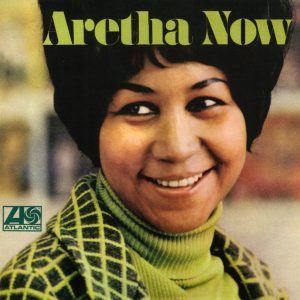The biggest news in the music industry this week is the launch of YouTube Music. The streaming service initially will be available in the U.S., Mexico, Australia, New Zealand and South Korea. It will be free with ads, $9.99 without ads or $11.99 for Premium, which formerly was YouTube Red. The latter version features original content.
The details are available at YouTube, The Verge (where I found the above information) and elsewhere.
There are a couple of threads to this announcement. YouTube is the most important online source of music and entertainment in the world today, which of course means it is the most important than ever existed. It’s an invaluable repository of world’s culture since the dawn of the ability to record sound. Think about it a second: YouTube is our collective memory.

If you are YouTube and parent Google, this is a great thing. That’s pretty obvious. It also is a problem, however. Memories are sacred things. There are no premium memories or memories that come free as long as you watch an ad. The first needle YouTube Music will have to thread is maintaining robust free access. They must not push too hard to get people to upgrade to paid versions. YouTube, like it or not, is an unofficial public trust. It has to be treated as such.
That dovetails with the second issue. Sam Gutelle at tubefilter lays out the long history of YouTube’s efforts to launch a paid service. He writes that YouTube always has run into problems monetizing. People have a natural resistance to paying for things that were free. The company brought in Lyor Cohen, who the coverage says is a big name music executive, to try to thread this second needle. He has two issues with which to deal: Getting enough people to pay for something that once was free and honoring the site’s custodial role. He must pay attention to both as its monetization efforts evolve.
Broader Issues
There are issues beyond YouTube itself. The technology has evolved so fast that there simply are too many choices.
There is no such thing as too much music. As The Daily Music Break likes to say, “It’s all good.” But that doesn’t mean that there isn’t a hell of a lot: New music, slightly older but still current music, old music and very old music. It’s overwhelming. How do you help people find it?
In the 1990s, the cable television industry began grappling with the thorny issue of the proliferation of channels. Though the numbers available in those days seems quaint today, it was a real issue: How can people easily find what is compelling to them if they can access 100 channels and dozens and dozens of pay-per-view titles? The question become more complicated as the choices grew. It became a crisis when the supply of content is limitless. And YouTube is limitless.
The telecommunications industry has a couple of powerful tools to address this problem that were not yet on people’s radar back in the day: Voice recognition and artificial intelligence/big data.
TSimply put, when there is endless choice, the company that does the best job of helping users find what they really want will win. It wouldn’t be surprising if YouTube Music eventually rolls out some form of voice recognition, though that isn’t in the announcement.
Dani Deahl’s story on the rollout at The Verge says that YouTube offers AI-created playlists for YouTube Music users. This enables what is called a “lean back” experience in which the listener simply relaxes and listens to the play list created by the AI platform.
One tacit assumption is that audiences are ready for a world in which they relinquish control over creation of their entertainment experience. That may be so. One of the great themes of the past decade is that humans are willing to interact deeply with machines. It also means that the technology is good enough to truly find music that will be compelling to an individual based on his or her past choices.
It will be interesting. On one hand, audiences change and people may be more willing to accept suggestions. On the other, it’s hard to imagine that a person will be willing to put up with more than a couple of bad AI-created playlists. And, while the technology is amazing, it may not yet be possible to do something as subjective as creating a playlist.
Editor’s Note: The videos above and below are not related to the post. We are going to do more posts using this format: Presenting posts based on news alongside great but unrelated music. Here are two from Muddy Waters. Above is “Corrina Corrina” and below is “Got My Mojo Working.”










Add Comment